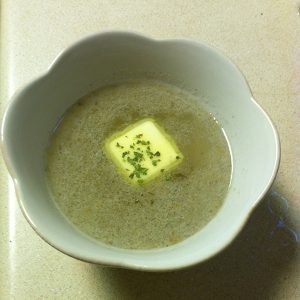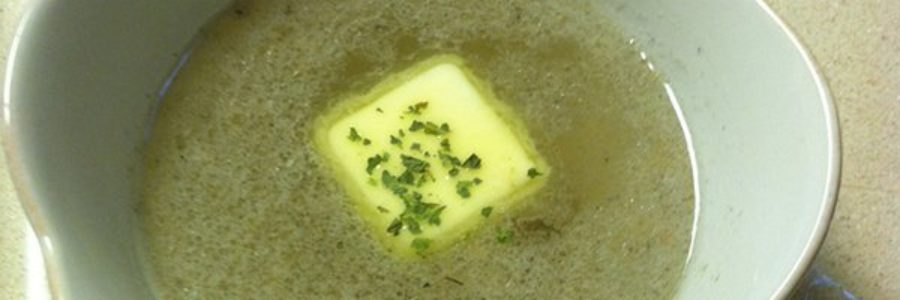Bone Broth Fast and Bone Stock
Recipe Courtesy of Sarica Cernohous, L.Ac., MSTOM, BSBA Naturallylivingtoday.com

Bone Broth
To do a 4-day broth fast using a 5-6 quart crockpot:
- Plan to start your broth with 2-3 marrow, feet, neck, or shank bones, and a piece of organ meat, such as liver or heart, if you’d like.
- If you’re using chicken or turkey, choose either whole birds, or cuts such as thighs, backs, drumsticks, and necks that have the skin and bones intact; include the giblets if they’re available. You can also use the carcass from a roasted bird.
- For fish, include the entire head and all of the bones.
Add to this:
- Purified water, 3-4 quarts
- Celtic Sea Salt, 2-4 tablespoons (best to start low and adjust flavor as needed after cooking)
- An acid (usually raw apple cider vinegar, organic balsamic vinegar, naturally fermented, unseasoned rice vinegar)
- A chopped onion (Attention: If you are doing a Microbiome reset or Small Intestine Bacterial Overgrowth (SIBO) Fast, do not add onion)
- You might also add a little bit of seaweed: a couple of pieces of dulse or kombu, a sheet of nori, 4-5 pieces of wakame – any of these choices are fine. Doing so will increase the iodine composition of the broth, an important nutrient missing from the diets of those who don’t consume a lot of seafood and who use natural sea salts that are not commercially-iodized. Personally, I like the flavor of the dulse the best – it doesn’t lend a “Chicken of the Sea” profile to the broth, yet it is still full of trace minerals.
Place everything into a cool crockpot, and set it for a 4-hour cook period. Fill the pot with enough water to leave only about 1.5″ of space at the top, and cover with a lid. At the end of the 4-hour period, it will kick into the “keep warm” setting, where it will stay until you direct it otherwise (use a meat thermometer to insure that your lowest setting is at least 180° F.) Allow the all of the ingredients to cook together for at least 14 hours, preferably for 20-24 hours.
After this 24-hour cooking cycle, plan to remove any meaty bits, which you can set in the freezer to consume after your fast.
Pour yourself steaming mugs of broth to consume throughout this first full day of your fast. If you find the broth is too oily, ladle most of it from the crockpot into glass jars to cool in the refrigerator. This will cause the fat to congeal at the top of the broth. Simply remove this disc of fat, then pour your broth back into the crockpot, and set the temperature to a 4-hour cycle, with the bones in the broth. (Don’t throw this fat away through! It’s an excellent medium for sauteing vegetables once you’re done with your fast. Store it in a glass jar in your refrigerator for up to a week.) The broth will reheat quickly, and the pot will shift to the “keep warm” setting following this reheat.
Each day, you should be consuming 3-4 quarts of broth. Since you’re going to be adding so much fresh hot water to the pot to bring it back up to it’s original level, you will be removing many of the fats and proteins that otherwise would have overcooked in this continual process.
For each successive day:
- Bring the level of liquid back up to the original amount with fresh, boiling water each time you pull a mug from it
- Add a little Celtic Sea Salt, to taste
- Add a splash of vinegar if you’d like, to continue to demineralize the bone
- Add a sprinkle of seaweed from time-to-time, to keep the iodine and other trace minerals up in the broth
- Keep the crockpot on the “keep warm” setting
After day two of the fast, you should consider adding a fresh bone or two, to keep the broth rice in gelatin and some fats. Do this just before bed at the end of day two, so that it will be ready for you on the morning of day three. When adding the bone(s), push the heat up to the 6-hour setting, before allowing it to settle into the “keep warm” setting once again.


